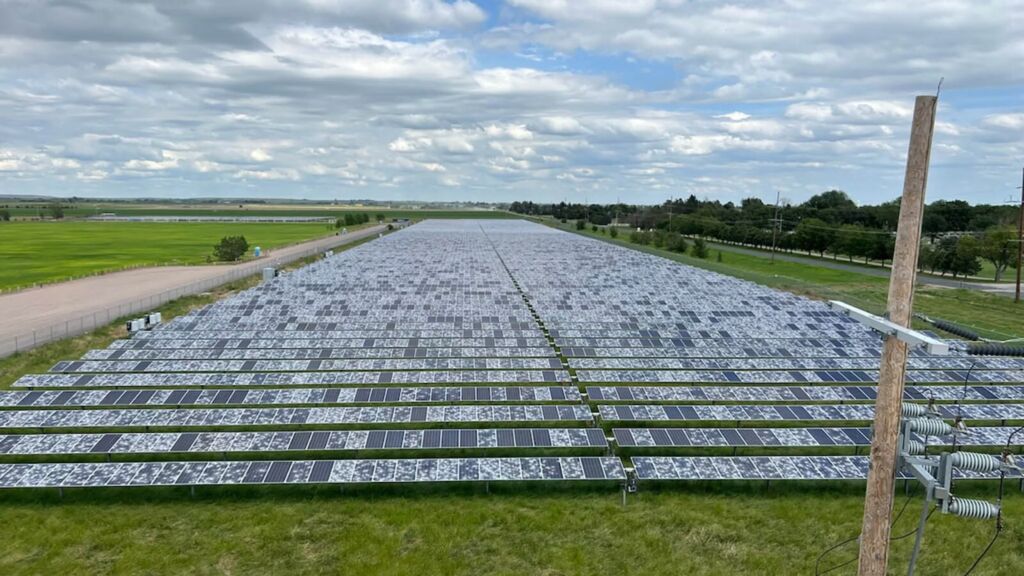Nebraska hail storms destroy a solar facility, cause minor damage to the nuclear plant
June hailstorms in Nebraska dropped baseball-sized hailstones at speeds of 100 to 150 miles per hour at locations throughout the state. The hailstorm damaged energy infrastructure in the Cornhusker state, including a solar facility and a nuclear power plant.
However, there is a major difference in the level of destruction the storm inflicted on each of these energy sources. The solar facility was totally destroyed while the nuclear facility continued operating despite incurring about $5 million in damages to the roof of the administration building, some broken windows, and broken rooftop air conditioners.
Solar panels shattered
Pictures of a solar field in Nebraska destroyed by hail have circulated on social media over the last two weeks as commenters noted the fragility of the energy source.
Kevin Killough of the Cowboy State Daily wrote that while some of the solar panels at the facilty may be salvageable, as well as other equipment, it’s likely many of the panels will need to be discarded into a landfill.

According to Renewable Energy World, the Scottsbluff project features more than 14,000 JA Solar 380 Watt modules at the 4.4 megawatt (MW) facility.
Most solar panels are built to withstand low to moderate hail storms, but this hail was apparently more than the panels could handle.
Many solar facilities utilize a single-axis tracker system with a setting that allows the panels to be moved to a vertical angle, which makes them less likely to be damaged by hail. While it’s unclear if the Nebraska solar facility enacted this feature during the weather event, the damage to the face of the modules indicates it was not.
Nuclear power persists
While the solar facility was destroyed, the lone nuclear plant in Nebraska experienced hail damage to the roof of nearby administrative buildings and utility vehicles. However, the nuclear plant did not stop operating as a result of the hail.
It isn’t surprising that the nuclear power plant operated throughout the storm because nuclear plants are made of reinforced concrete, and the reactor vessel holding the fuel is made of steel more than a foot thick.
As a result, these facilities are designed to withstand external attacks suck as missiles or commercial aircraft strikes without causing a meltdown or a radiation leak.
Did climate change cause the hail?
Some solar advocates have argued that the hailstorm is likely the result of climate change, presumably to advance the argument that we need to build more solar facilities to prevent these hail storms in the future. However, this argument is incoherent.
If people are concerned climate change caused the hail, then it makes no sense to increase our reliance on energy sources that are so easily impacted by the weather.
Regardless of what we do in Minnesota, global carbon dioxide emissions are going to keep increasing as China and India build more coal plants, so if these hail storms are indeed influenced by emissions, then we can only expect them to become worse in the future.

If people are sincere about reducing emissions, nuclear is the only serious choice. In the meantime, we must stop shutting down our existing coal plants because these assets are able to work around the clock, come rain, shine, sleet, or hail.